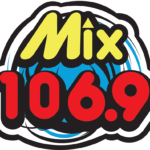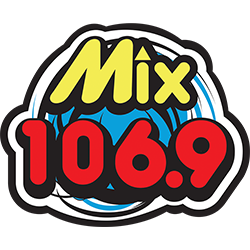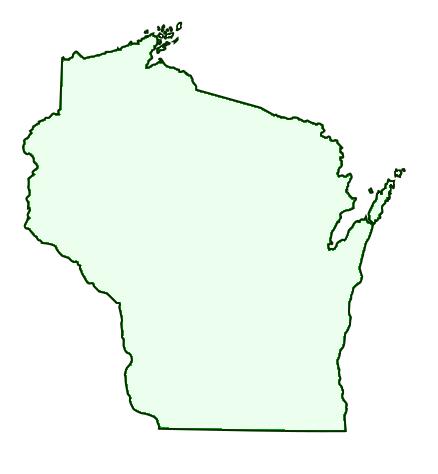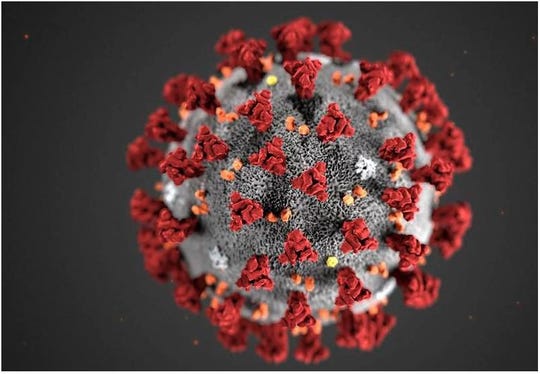Care for Breastfeeding Women
Written by COVID-19 NEWS on November 15, 2020
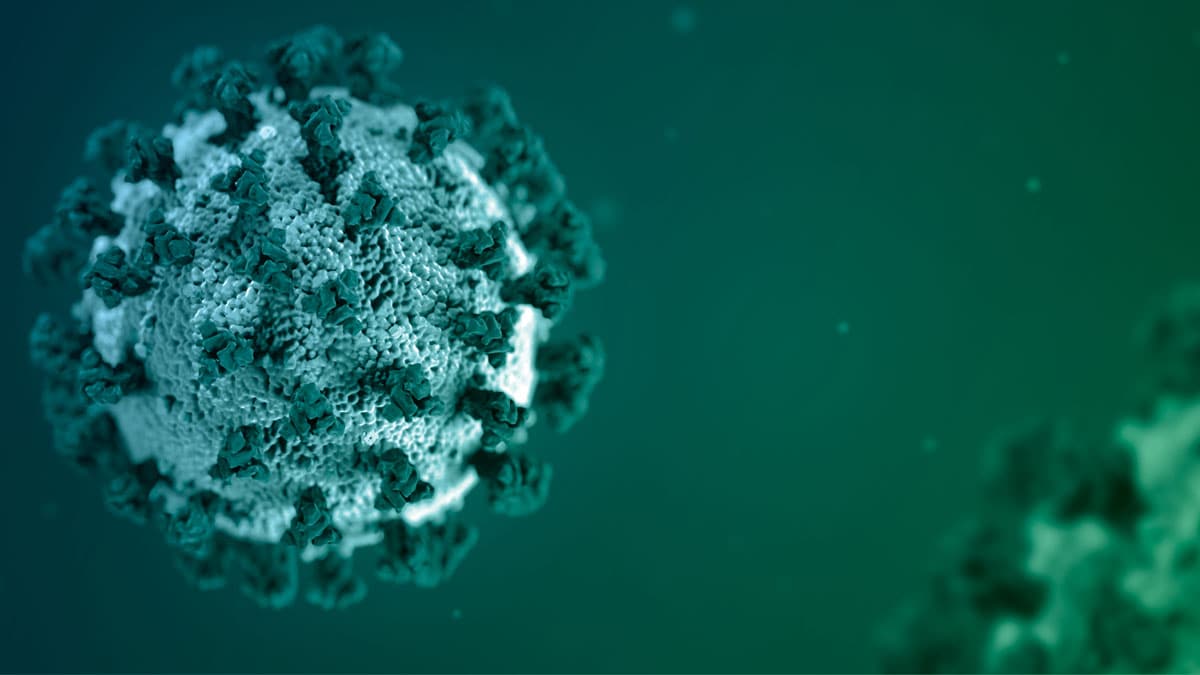
For people who have been in close contact with someone who has COVID-19
The following information can be used to counsel breastfeeding dyads on isolation and quarantine practices as well as precautions to take while feeding at the breast, expressing milk, or feeding from a bottle when one or both members of the dyad has been in close contact with someone who has COVID-19. When counseling people with specific living situations, additional information on isolation and quarantine when living in close quarters or living in shared housing during the COVID-19 pandemic can be considered.
Scenario: Breastfeeding person has been in close contact with someone who has COVID-19, but breastfed child has not been in close contact with anyone who has COVID-19
Isolation and quarantine
- The breastfeeding person should quarantine themselves for 14 days after their last contact with the person who has COVID-19.
- The breastfed child should be monitored for signs or symptoms of COVID-19 but does not require quarantine unless the breastfeeding parent develops COVID-19 symptoms or receives a positive viral test result.
Precautions while feeding at the breast, expressing milk, or feeding from a bottle
- During the breastfeeding person’s period of quarantine, they should follow precautions for feeding at the breast, expressing milk, and feeding from a bottle as if they have suspected or confirmed COVID-19 as instructed above.
- If the breastfeeding person develops symptoms of COVID-19 or receives a positive viral test result, they should continue these precautions, extending the time frame for taking such precautions to the end of their recommended period of home isolation.
Scenario: Breastfed child has been in close contact with someone other than the breastfeeding person who has COVID-19 (e.g., another caregiver, childcare provider), but breastfeeding person has not been in close contact with anyone who has COVID-19
Isolation and quarantine
- The breastfed child should be quarantined for 14 days after their last contact with the person who has COVID-19.
- The breastfeeding person should be monitored for signs or symptoms of COVID-19 but does not require quarantine unless the breastfeeding child develops COVID-19 symptoms or receives a positive viral test result.
Precautions while feeding at the breast, expressing milk, or feeding from a bottle
- Because of the danger of suffocation, masks should NOT be put on children younger than 2 years.
- To minimize possible exposure, breastfeeding people may choose to take precautions as recommended above for those with suspected or confirmed COVID-19 while feeding at the breast, expressing milk, or feeding from a bottle. This includes wearing a mask during any close contact (i.e., less than 6 feet) with the child and cleaning their hands frequently (i.e., before and after touching their child).
Other considerations
- If the breastfed child develops symptoms or receives a positive viral test result and the breastfeeding person in this dyad is at increased risk of severe COVID-19 illness, healthcare providers may counsel the breastfeeding person on risks and benefits of continuing to feed at the breast during the child’s COVID-19 illness.
Scenario: Both the breastfeeding person and breastfed child have been in close contact with someone who has COVID-19
Isolation and quarantine
- The breastfeeding person and breastfed child should both be quarantined for 14 days after their last contact with the person who has COVID-19.
- If either or both member(s) of the dyad develops symptoms or receives a positive viral test result, that person(s) should follow information on home isolation.
- If only one member of the dyad develops symptoms or receives a positive viral test result, the uninfected member of the dyad should be quarantined for the duration of the recommended period of home isolation and 14 days thereafter.
Precautions while feeding at the breast, expressing milk, or feeding from a bottle
- During the quarantine period, the breastfeeding person should follow precautions for feeding at the breast, expressing milk, and feeding from a bottle as if they have suspected or confirmed COVID-19 as instructed above.
- If the breastfeeding person develops symptoms of COVID-19 or receives a positive viral test result, they should continue these precautions, extending the time frame for taking such precautions to the end of their recommended period of home isolation.
- If the breastfeeding child develops symptoms of COVID-19 or receives a positive viral test result, breastfeeding people may choose to take precautions as recommended above for those with suspected or confirmed COVID-19 while feeding at the breast, expressing milk, or feeding from a bottle. This includes wearing a mask during any close contact (i.e., less than 6 feet) with the child and cleaning their hands frequently (i.e., before and after touching their child).
Considerations for well-child visits
Healthcare providers are encouraged to prioritize newborn care and vaccinations. Every effort should be made to conduct newborn follow-up visits in person. During in-person visits, healthcare providers should evaluate feeding and weight gain (particularly given potential breastfeeding disruptions due to COVID-19 illness), assess for dehydration and jaundice, assess caregiver stressors and coping, and provide appropriate supports.
As instructed above, breastfeeding people should be counseled to inform their child’s healthcare provider that either their child, or the caregiver bringing the child, has had close contact with a person suspected or confirmed to have COVID-19 prior to any in-person healthcare visits or if the child develops symptoms of COVID-19. The same approach should be taken with respect to a child who has any other ongoing, close contact with another person who has suspected or confirmed COVID-19.
Healthcare providers should consider how to minimize exposure to COVID-19 for patients, caregivers, and staff in the context of their local COVID-19 epidemiology and practice environment. Information is available for pediatric healthcare providers as well as on the delivery of non-COVID-19 clinical care and infection prevention and control in healthcare settings.
Considerations for lactation services
Lack of access to professional lactation support (e.g., lactation consultants, pediatric or obstetric healthcare providers) is a barrier to breastfeeding. During the COVID-19 pandemic, it is critical to ensure that people who are breastfeeding or who desire to breastfeed continue to have access to this support. Breastfeeding problems are often urgent and require immediate assistance. Further, breastfeeding consults typically require very close contact between the lactation specialist and the lactating caregiver-child dyad; therefore, the use of appropriate personal protective equipment (PPE) is essential.
During the COVID-19 pandemic, lactation specialists should use alternative approaches, such as telemedicineexternal icon, to provide lactation support services whenever possible, particularly when providing support to breastfeeding dyads with suspected or confirmed COVID-19.
In-person support may be necessary to effectively support some breastfeeding dyads. Further, not all families may have access to telemedicine. Lactation support is delivered in a variety of settings including outpatient clinics or offices or in the breastfeeding person’s home. The following considerations address infection prevention and control measures including the use of PPE in outpatient and home settings.
In-person lactation visits in the healthcare setting (e.g., hospital, clinic, doctor’s office)
Lactation specialists working in healthcare settings should follow recommended infection prevention and control measures for those settings.
In-person lactation visits in a breastfeeding person’s home
Lactation specialists conducting home visits, breastfeeding people receiving in-home lactation services (hereafter, clients), and any other household members should screen themselves for COVID-19 as instructed below before entering the home as well as take necessary infection prevention and control measures detailed below.
- Lactation specialists should stay home if they are sick with COVID-19, think they might have COVID-19, or have been in close contact with someone who has COVID-19. Refer all clients to another lactation specialist until the criteria for healthcare workers returning to work after SARS-CoV-2 infection have been met.
- Screen clients by telephone for COVID-19 symptoms and recent exposure to people diagnosed with COVID-19 prior to conducting home visit. Keep in mind that screening for symptoms will not identify people who are asymptomatic or pre-symptomatic with COVID-19. If any person in the household has suspected or confirmed COVID-19, it is recommended that lactation services be provided via telemedicine for the recommended period of home isolation plus any additional recommended quarantine period for other household members.
- If the client or any other household member has COVID-19 and in-home support is deemed necessary and critical, use all recommended personal protective equipment as described in Infection Control Guidance for Healthcare Professionals about Coronavirus (COVID-19) for caring for a patient with suspected or confirmed COVID-19.
- If neither the client nor any of the household members is known to have suspected or confirmed COVID-19, wear a surgical mask while inside the client’s home. Discard disposable surgical masks between clients. Surgical masks offer both source control (i.e., blocking the spread of respiratory secretions from the wearer) and protection for the wearer against exposure to splashes and sprays of infectious material from others. Additionally, in communities with moderate to substantial community transmission, consider wearing eye protection in addition to a surgical mask to ensure that the eyes, nose, and mouth are all protected from exposure to respiratory secretions while providing breastfeeding support.
- For all home visits regardless of the client or family’s COVID-19 status:
- Require the client as well as any other household members aged 2 and older to wear a mask. Because of the danger of suffocation, do NOT put masks on babies or children younger than 2 years. Masks should also not be worn by anyone who has trouble breathing, is unconscious, cannot move, or is otherwise unable to remove the mask without assistance. Information on how to wear a mask is available.
- When not providing hands-on support or close observation, stay at least 6 feet away from the client and others in the home. Masks should be worn at all times and are even more important when less than 6 feet apart.
- Wear disposable gloves when touching the client or the child. Wash hands with soap and water for at least 20 seconds when entering and leaving the home, when adjusting or putting on or off masks, and before putting on and after taking off disposable gloves. If soap and water are not readily available, use a hand sanitizer that contains at least 60% alcohol. Learn more about proper handwashing. Safely dispose of gloves after use.
- Clean and disinfect surfaces and equipment such as infant scales.
Breastfeeding and expressing milk in workplaces
When counseling breastfeeding people on precautions to take prior to breastfeeding or expressing milk in workplaces, healthcare providers should discuss a person’s individual circumstances (e.g., level of exposure to people with suspected or confirmed COVID-19, availability and proper use of personal protective equipment). All people breastfeeding or expressing milk in workplaces should be counseled to clean their hands, as instructed above, before touching any pump or bottle parts. They should also follow CDC information on how to properly clean and sanitize breast pumps. If possible, a single-user pump should be used; if using a multi-user pump, CDC information on how to properly clean and sanitize breast pumps should be followed for disinfecting before and after use.
For breastfeeding people who work in settings with higher risk of potential exposure to SARS-CoV-2, such as healthcare providers and first responders, they should wear a mask while breastfeeding or expressing milk in the workplace. Additional information for healthcare personnel, including those who are pregnant or have underlying medical conditions from COVID-19, is available.
Employers should provide breastfeeding employees with a private, non-bathroom space for milk expression. Information is available on providing lactation break time and space in all industriesexternal icon. If a workplace has a multi-user lactation room, efforts should be made to implement engineering and administrative controls to enable physical distancing (e.g., spacing lactation stations at least 6 feet apart, installing physical shields between lactation stations, staggering lactation schedules, encouraging telework). There is evidence that SARS-CoV-2 may remain on surfaces for several hours to days. However, there is no evidence on whether precautions such as cleansing the breast (e.g., using soap and water) prior to breastfeeding or milk expression or disinfecting external surfaces of milk collection devices (e.g., bottles, milk bags) reduce potential transmission of SARS-CoV-2. Breastfeeding people may consider additional steps such as these to minimize potential routes of exposure. Additional information on disinfecting facilities, such as workplace lactation rooms, is available.
Pasteurized donor human milk
Pasteurized donor human milk is important in the care of preterm infants when a lactating caregiver’s milk is not available. Current evidence suggests that breast milk is not a likely source of SARS-CoV-2 infection.1 Further, there are also data suggesting that pasteurization inactivates SARS-CoV-2 in donor human milk; therefore, pasteurized donor human milk is very unlikely to be a source of SARS-CoV-2 infection. Disruptions in human milk donations may be seen during the COVID-19 pandemic. If hospitals have difficulty acquiring donor human milk, available supplies should be prioritized for preterm infants who will benefit most from human milk feeds.
